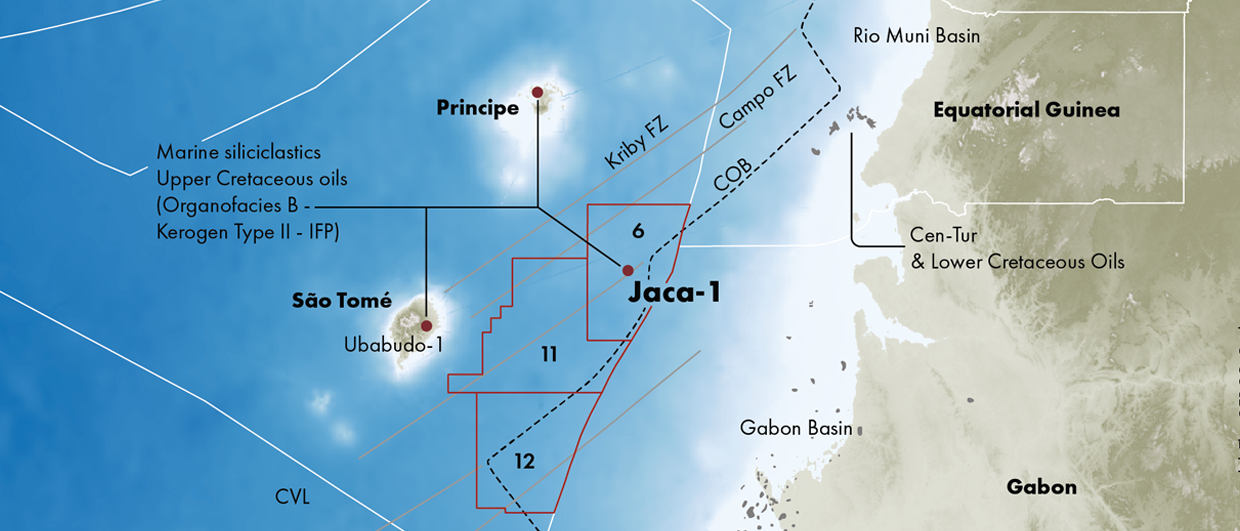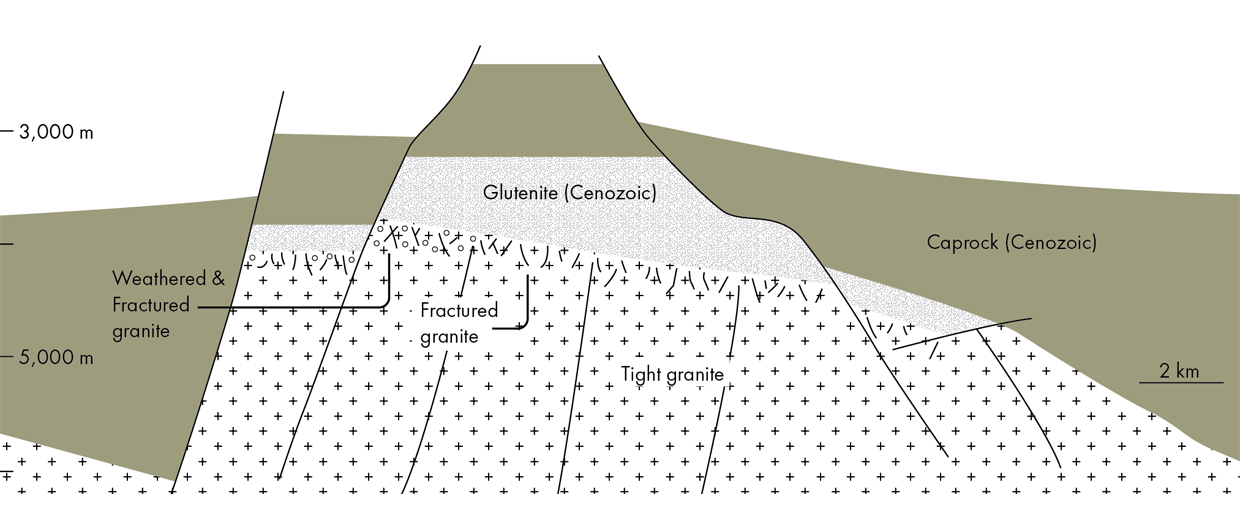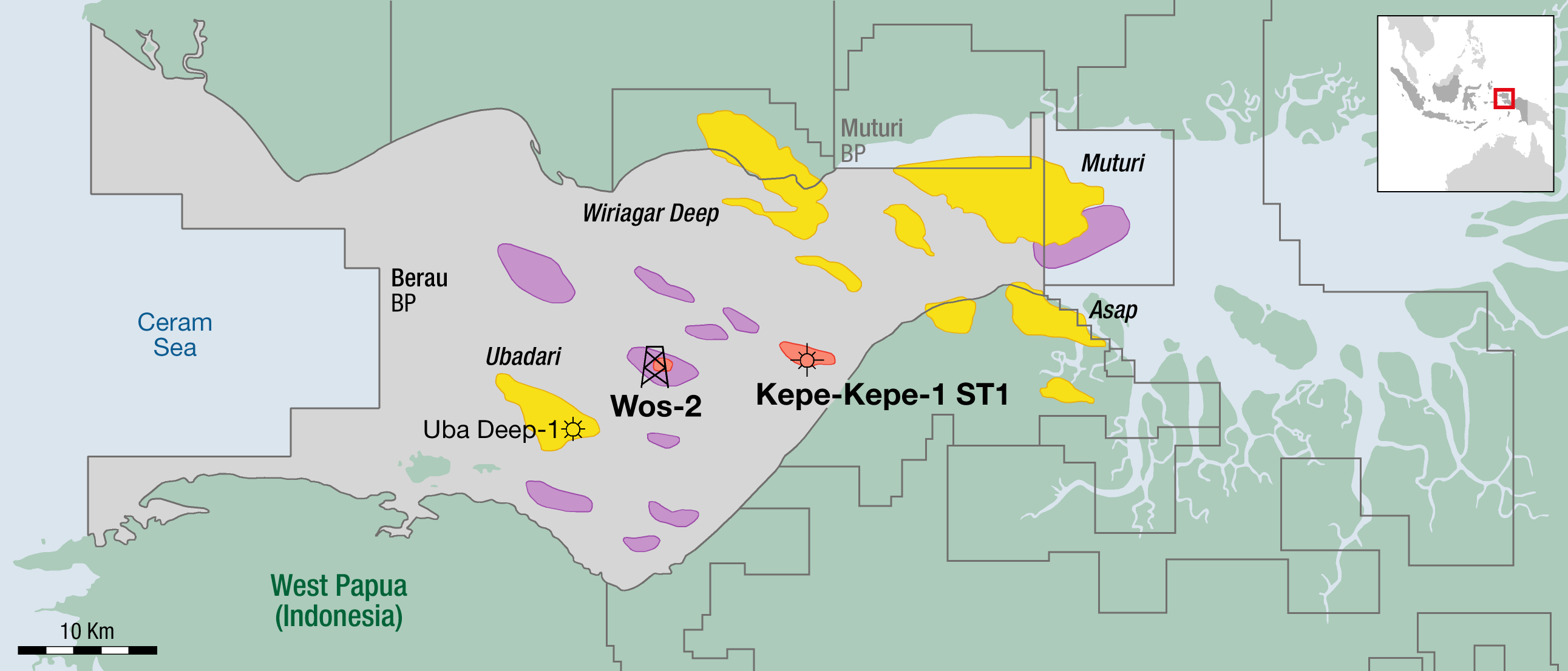Travelling around Jamaica’s emerald green and hilly interior or along its bright, sunny and tropical shoreline, it is very hard to imagine why in the 1950’s the grey, misty, dank and cold shores of another island much further north held so much attraction to thousands of Jamaicans.
Of course, the reason was economic, and in those days Britain had very good ties with Jamaica, although nowadays less so, as the UK looks to larger countries with which to trade and explore for minerals, oil and gas. In the interim Jamaica developed strong trade relations with the USA and the rest of the Caribbean.
But did Britain leave treasure behind when Jamaica secured independence in 1962?
Discoveries and Re-discoveries
 Main tectonic elements of the southern Caribbean. Image: Prof Simon Mitchell., 2010 2nd round road show
Main tectonic elements of the southern Caribbean. Image: Prof Simon Mitchell., 2010 2nd round road show All remaining open blocks are offered in the 2nd Jamaican Licensing Round Image: Petroleum Corporation of JamaicaMany arrive in Jamaica via Norman Manley International airport on a spit that was once the home of infamous pirate gangs – before the massive earthquake of 1692 swallowed Port Royal and all the gold and plunder taken on the high seas disappeared in a dangerous thixotrophic sandy mix. Sitting on the wooden veranda of the Morgan’s Harbour Hotel (of 007 fame), looking across Kingston Harbour toward the majestic Blue Mountain’s peaks, thoughts move to what other treasures lie below the surface.
All remaining open blocks are offered in the 2nd Jamaican Licensing Round Image: Petroleum Corporation of JamaicaMany arrive in Jamaica via Norman Manley International airport on a spit that was once the home of infamous pirate gangs – before the massive earthquake of 1692 swallowed Port Royal and all the gold and plunder taken on the high seas disappeared in a dangerous thixotrophic sandy mix. Sitting on the wooden veranda of the Morgan’s Harbour Hotel (of 007 fame), looking across Kingston Harbour toward the majestic Blue Mountain’s peaks, thoughts move to what other treasures lie below the surface.
In 2003 Petroleum Corporation of Jamaica Group Managing Director, Dr Raymond Wright, placed a small advertisement in a leading industry newspaper to say that he would be in London seeking investment in the petroleum industry in his country. Not since 1983, when a Canada Overseas Assistance program ended, had any exploration occurred in Jamaica.
What followed was a remarkable series of re-discoveries as, of the 11 wells drilled both on and offshore between 1956 and 1983, all but one had oil and or gas shows. The deepest, Arawak #1, had been drilled offshore in 1982, 100 km south-west of the island, on the flanks of the Pedro Bank. It TD’d at 4,588m in the Tertiary, while much shallower wells in the northern part of the island reached the Lower Cretaceous. There were gas shows and reported seeps and several hundred meters of super-rich Eocene source rock cores held in the Petroleum Corporation of Jamaica (PCJ) Core Repository. None had been visited for over 20 years, save by Professor Simon Mitchell of the University of West Indies at Mona, whose painstaking work mapping the onshore revealed over 10,000m of Tertiary and Cretaceous section. His findings included the discovery of quartz-rich sandstones in the Eocene. Dr. John Milsom’s gravity surveying in 2004, as part of the JEBCO Alliance project, confirmed that an equally thick section existed offshore in the Pedro Bank and Walton Basin areas and, astonishingly, the recent seismic shot in 2009 (CGGVeritas) revealed yet more thick sections in the deep waters further to the south-east, in the large area which is the focus of the 2nd Round.
Platewide Geochemistry
 New offshore seismic shot by CGGVeritas to the south of Jamaica has revealed over 5,000m of sedimentary section. Image: CGGVeritas
New offshore seismic shot by CGGVeritas to the south of Jamaica has revealed over 5,000m of sedimentary section. Image: CGGVeritas Comparison of the Windsor #1 oil with a Belmopan field oil (onshore Belize) and a Smackover Formation oil from Arkansas, USA. Image: Jebco Alliance report 2004Simon Mitchell remarked that Jamaican geology is complex and as the island is small it was generally ignored by the plate reconstructionists. Yet, as he pointed out, it is only on Jamaica that one can work out how the Caribbean came to be.
Comparison of the Windsor #1 oil with a Belmopan field oil (onshore Belize) and a Smackover Formation oil from Arkansas, USA. Image: Jebco Alliance report 2004Simon Mitchell remarked that Jamaican geology is complex and as the island is small it was generally ignored by the plate reconstructionists. Yet, as he pointed out, it is only on Jamaica that one can work out how the Caribbean came to be.
Jamaica is at the eastern end the pre-Cambrian to Palaeozoic block of oceanic crust known as Chortis. As the Caribbean plate moved from its original Pacific Ocean setting from the late Cretaceous to where it is now, large geological blocks were jostled, some downthrown and others uplifted. John Milsom summed up the enormity of this continuing force in the field by declaring that the Blue Mountains were far too big and should not be there, as they were not in isostatic balance.
The extreme eastern end of Jamaica is in fact a piece of the Lower Nicaraguan Rise (Siuna Terrane) that has become detached and as such allows us to examine in part what geology we might expect in the undrilled and new license areas. The eastern area was tested by PCJ in 1984 with a deep core hole and gilsonite (a now solid hydrocarbon) was recorded in the test core. Budgets were never sufficient to collect and extract the hydrocarbons that may be trapped within the matrix, and that must now be an adventure for another petroleum geochemist. What is the character of the probable offshore source? Could we have an Upper Cretaceous source as we must have to the east in the Dominican Republic? A few simple experiments and some forensic work would reduce this risk significantly.
Remarkably, the three broad elements that comprise the essence of the Caribbean plate (the Lower Nicaraguan Rise, or Siuna Terrane; the Upper Nicaraguan Rise, or Chortis; and part of the Great Caribbean Arc or northern periphery of the Caribbean plate or platelets) can also be identified though petroleum geochemistry. Windsor #1 well in the north of the island was drilled in a terrain that has strong affinities with the geology of the Yucatan in Mexico. If one compares the oil fingerprint, using gas chromatography-mass spectrometry and stable isotope ratio distributions, there is a near identical match with the Belmopan oil found in Belize, 1,000 km to the west. The match is so close that it is as if the Belmopan field has been cut in two, with one portion perhaps residing on the North Coast of Jamaica in what is called the North Coast Block.
The Belize and Windsor oils are in turn very similar in origin to the prolific Jurassic marly source found to the north in the Gulf of Mexico and onshore Texas, Arkansas to Florida play.
First Bid round in 2004
 Oil company geologists viewing the thick Tertiary Guys Hill sandstones exposure at Mountain River.The remainder of Jamaica and the offshore area to the south and west, most of which was covered by the first round in 2004, belongs to the Upper Nicaraguan Rise. With the exception of Windsor, all wells to date have been drilled in this terrane. One well, Hertford, had no shows, but elsewhere several gas seeps are recorded within the Cretaceous inliers and an oil seep was recorded in the Marchmont Inlier. On the Pedro Bank Occidental asphalts were encountered in the granodiorite wash in Pedro Bank #1. Arawak #1, also on the northern side of the Pedro Bank, encountered shows towards TD in a sandy section at the base of the Yellow Limestone Group series. Fishermen have recorded oil on their anchor ropes when moored off the north flanks of Pedro Bank and Flow Petroleum (Formerly Gippsland Offshore), one of the three current acreage holders, commissioned a satellite study in which several SAR slicks were recorded.
Oil company geologists viewing the thick Tertiary Guys Hill sandstones exposure at Mountain River.The remainder of Jamaica and the offshore area to the south and west, most of which was covered by the first round in 2004, belongs to the Upper Nicaraguan Rise. With the exception of Windsor, all wells to date have been drilled in this terrane. One well, Hertford, had no shows, but elsewhere several gas seeps are recorded within the Cretaceous inliers and an oil seep was recorded in the Marchmont Inlier. On the Pedro Bank Occidental asphalts were encountered in the granodiorite wash in Pedro Bank #1. Arawak #1, also on the northern side of the Pedro Bank, encountered shows towards TD in a sandy section at the base of the Yellow Limestone Group series. Fishermen have recorded oil on their anchor ropes when moored off the north flanks of Pedro Bank and Flow Petroleum (Formerly Gippsland Offshore), one of the three current acreage holders, commissioned a satellite study in which several SAR slicks were recorded.
Plans are afoot by UK based Oilsearch plc to map the offshore seeps in more detail for the 2nd Round, using Oilsearch’s Seepfinder™, which is a sophisticated airborne technology that uses the fact that the aromatic components of crude fluoresce when excited by solar energy. The returned light is recorded and mapped. When coupled with tide, current and wind data, areas of seepage can be mapped.
In 2004 JEBCO UK and GeoInsight Ltd. were invited to assist with Jamaica’s 1st Round, and with the support of PCJ produced a petroleum geological review that has become the basis of all recent exploration. Some 11,000 km of the total 16,126 km of offshore seismic shot was reconstructed and navigation corrected; files for the 11 wells were digitised and the relevant content of the PCJ library scanned and all made available to support the round. The 641 line km of onshore seismic for the island has not yet been reviewed. In 2007 PCJ had the seismic data for Morant and Formigas basins to the east of Jamaica reconstructed (1,074km) and navigation corrected. In addition to Australia’s Flow Energy, Calgary based Rainville (now Sagres Energy) bid and won acreage positions in this round. Flow Energy acquired 6,968 line km of long offset seismic and 23,974 line km of gradiometry data. Both Flow Energy and Sagres Energy have mapped giant sized prospects in the Walton Basin and beneath the Pedro Bank.
In an interim round Hong Kong based Proteam secured acreage. In 2009 Wavefield Inseis, now part of CGGVeritas, collected 6,118km of seismic over the open areas and 2,594km for Sagres Energy. The deep water geology revealed by the new 9 km cable length seismic was something of a surprise. It was previously thought that much of the new acreage hosted only a thin sedimentary section above oceanic crust, but over 10 km of sedimentary section was revealed, along with several multibillion barrel potential structures.
Investment in Jamaica is being actively pursued by the PCJ though the round, a December field trip and through presentations and data packages. There is a growing domestic market for energy from oil and gas, both to support the economic growth of Jamaica and to re-invigorate the bauxite industry, one of Jamaica’s long term sources of revenue.
Come and see!
 A gas seep in North Jamaica is reported to have been burning for over 100 years Photo: Chris Machette-DownsJamaica’s exploration industry perhaps started some 100 years ago in a bend in the St Ann’s Great River on the north coast of Jamaica, where a gas seep has been burning, it is said, for over 100 years. The seep is of dry gas and is guarded enthusiastically by a local Rastafarian. My attempts to sample the gas in 2006 were met with some resistance as using a gas syringes in the sacred spring was considered offensive until some Jamaican dollars were presented. The gas proved to be very dry, almost pure Methane, but with an isotopic signature that suggests that it is thermogenic in origin. The origin is unknown, but a Cretaceous or older source is indicated. The St Ann’s Great River Inlier is one of the 26 Cretaceous inliers that occur on the Island in an otherwise Tertiary settings.
A gas seep in North Jamaica is reported to have been burning for over 100 years Photo: Chris Machette-DownsJamaica’s exploration industry perhaps started some 100 years ago in a bend in the St Ann’s Great River on the north coast of Jamaica, where a gas seep has been burning, it is said, for over 100 years. The seep is of dry gas and is guarded enthusiastically by a local Rastafarian. My attempts to sample the gas in 2006 were met with some resistance as using a gas syringes in the sacred spring was considered offensive until some Jamaican dollars were presented. The gas proved to be very dry, almost pure Methane, but with an isotopic signature that suggests that it is thermogenic in origin. The origin is unknown, but a Cretaceous or older source is indicated. The St Ann’s Great River Inlier is one of the 26 Cretaceous inliers that occur on the Island in an otherwise Tertiary settings.
There is a lot more to be discovered on and off the Emerald Island – not just Blue Mountain coffee, reggae, Naomi Campbell, the union leader Lord William Morris of Handsworth, and definitely not last, the fastest man on earth, Usain Bolt.
Perhaps its time you had a look yourself.





